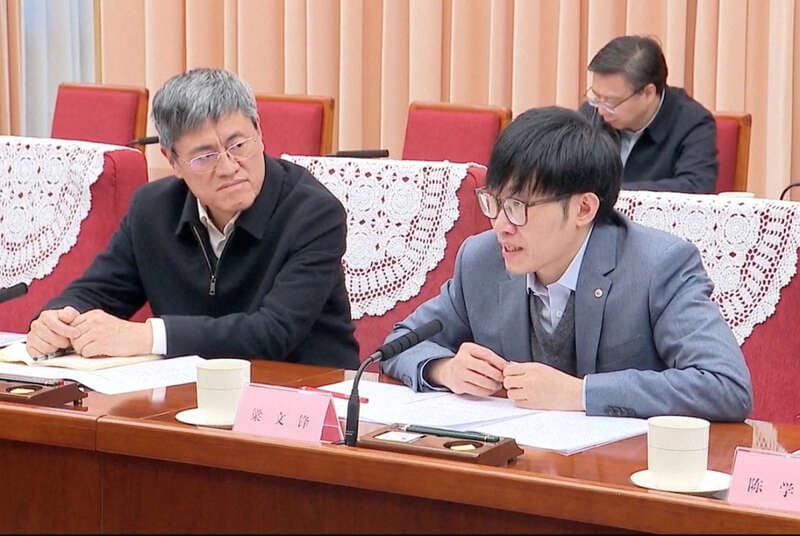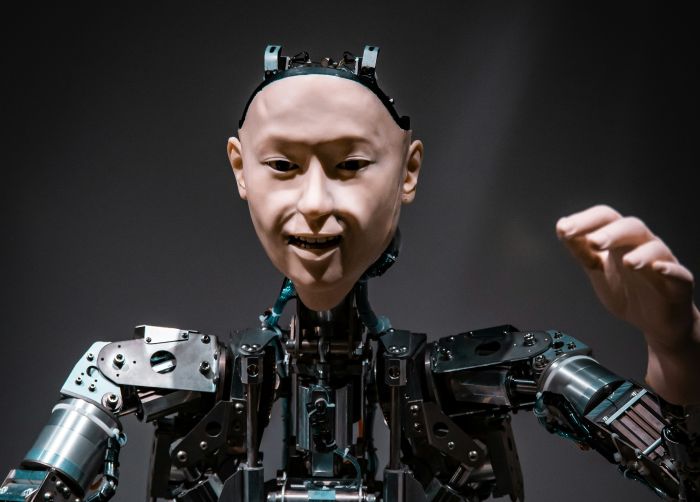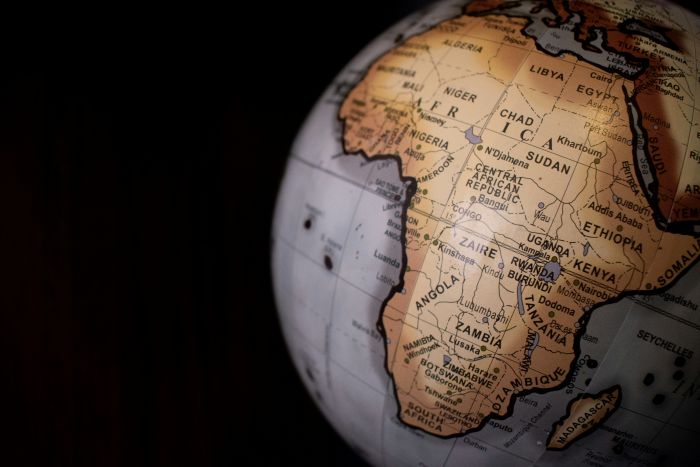DeepSeek or Deep Fake?
I’ll say right away that I’m not a fan of conspiracy theories, but this is a rare case where it all looks pretty weird ….
But in order for you to draw your own conclusions, I will describe the biography of the developer of this AI.
So, this is a Chinese entrepreneur Liang Wenfeng. He hides from the public (in general, this is one of his few public photos). In the Chinese segment of social media, he is called the ‘pale professor’, making fun of his thin build and not very sociable behaviour. During the Chinese New Year, he was allegedly seen in his hometown, but he tries to avoid unnecessary attention.

Wenfeng is considered both a legend and a prodigy. At school, he was a university mathematician, and at Zhejiang University, he quickly plunged into machine learning and artificial intelligence. But his first big money was not in algorithms, but in the stock market. Together with his friends, he developed mathematical models for trading, and in 2013 he founded the Yakebi investment group. Two years later, he created High-Flyer, a hedge fund that at its peak controlled 100 billion yuan (about $14 billion). But this fame attracted the attention of Chinese regulators, and in 2021, the fund quickly began to lose ground.
Lesen Sie diesen Bereich auf Deutsch
To further the legend, in order to improve trading algorithms, Wenfeng created a department that dealt with deep learning back in 2019. This was the first version of DeepSeek, which was then called Fire-Flyer. The project received 200 million yuan of seed capital, and in 2021, another billion yuan was invested in it. Wenfeng managed to assemble 10 thousand Nvidia A100 graphics cards, which was more than some Chinese tech giants had at the time. In 2023, DeepSeek became a separate company and immediately disrupted the market by offering a model that worked more efficiently and cheaper than its analogues.
In his rare interviews, he says that China is still ‘imitating, not creating’ and that the problem is not a lack of money or chips, but a lack of cooperation between companies. For him, it’s important to create artificial intelligence that learns to do more with less, and he’s already ahead of many competitors in this area.
And then there is DeepSeek (which immediately becomes a source of pride for Chinese propaganda), which is free, it is not clear how it makes money, and it is already known that it collects data about users.

And here I remember that a friend recently sent me a study called ‘Persuasive Technologies in China’, which explores how the Chinese Communist Party (CCP) uses influence technologies, including generative AI, to manipulate public opinion and interfere in electoral processes abroad.
I’m going to divide this post into two parts:
- General theory
- Real-life examples
Read: Top 15 Jewellery Brands
Using generative AI for manipulation
Generative AI opens up new opportunities for propaganda:
- Mass content creation – fake news, videos, images that reinforce pro-Chinese narratives.
- Algorithmic promotion – manipulation of social media through bots and fake accounts.
- Control of the information space – suppression of critical opinions and promotion of messages favourable to the CCP.
What does this mean in practice? Chinese entities can use AI to:
- Discrediting opponents by creating fake videos or articles with compromising information.
- Shaping public sentiment – through a series of ‘leaks’ that undermine trust in specific politicians or institutions.
These methods can be used not only in authoritarian countries but also in Western democracies.
Manipulation of voter turnout
The CCP can influence not only people’s opinions but also their behaviour:
- Voter intimidation – spreading disinformation about alleged electoral fraud or threats to reduce the turnout of certain groups.
- Targeted mobilisation – targeted messages to activate voters who may vote for candidates favourable to China.
- Manipulation of electoral rules – spreading false information about changes in voting procedures.
This is done through social media, messengers, and even controlled media that spread the right narratives.
‘Cognitive warfare’ is an influence on the minds of voters.
China’s strategy of electoral manipulation includes cognitive warfare (认知战) – creating information chaos to destabilise democratic systems.

The main methods:
- Stirring up social conflicts – using emotional topics (migration, social inequality, crises) to polarise voters.
- Discrediting the electoral system – increasing distrust of state institutions through large-scale information attacks.
- Attacks on politicians – targeted campaigns against individual candidates or parties.
For this purpose, China uses social media, controlled news outlets, and even fake analytical centres that create pseudo-scientific reports to reinforce the desired narratives.
This is where China’s AI campaigns have already been, according to the report:
Taiwan

- A large-scale disinformation campaign before the 2024 elections.
- Using generative AI to create deepfake videos, bots, and fake opinion polls.
- Promotion of pro-Chinese candidates through social media and traditional media.
USA

- Attacks on US social media (Twitter, Facebook, YouTube) through bot farms and targeted information operations.
- Use of Chinese tech companies such as TikTok to shape pro-China narratives.
- Support for anti-government protests and polarisation of society through manipulative content.
Europe

- Disinformation campaigns against European politicians who oppose Chinese expansion.
- Promotion of soft power through media and academic institutions.
- Manipulation of public opinion on the war in Ukraine and EU-US cooperation.
Africa

- Information control through funding local media.
- Use of generative AI for propaganda and creating a positive image of China.
- Political support for authoritarian regimes and undermining democratic movements.
Australia

- Influencing the Chinese diaspora and university students.
- Campaigns against politicians who advocate tougher measures against China.
- Use of social media to shape the pro-China agenda.
Canada

- Attempts to influence elections by supporting loyal candidates.
- Cyber operations against Canadian government agencies and media.
- Information campaigns to discredit opposition politicians.
And now we return to DeepSeek. In fact, instead of Google, ChatGPT and other AI, it became the first app where people search for information, download a bunch of working documents and share access to their devices)
After all this, just tell me that some unknown Chinese prodigy accidentally made an analogue of ChatGPT and then decided to share it with the world for free.

